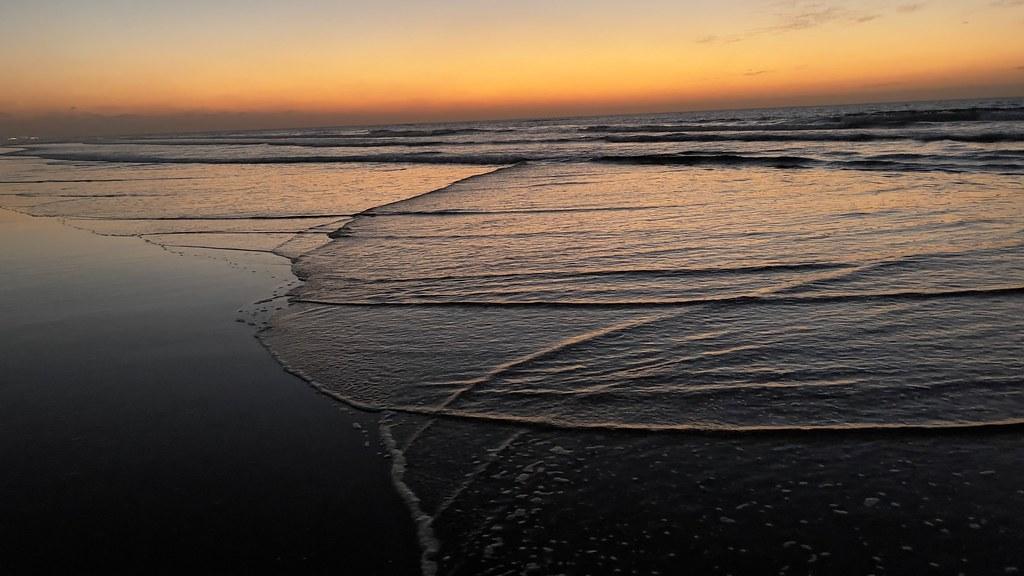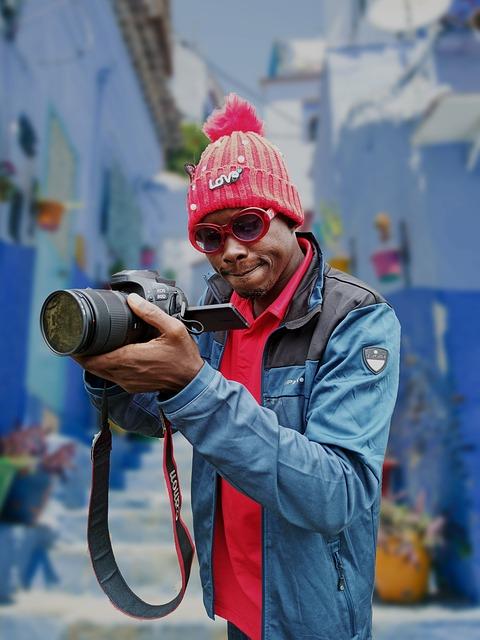In the ever-evolving landscape of cinema, a debate has emerged that questions the priorities of modern filmmakers: Are contemporary films increasingly prioritizing visual spectacle at the expense of story depth? This inquiry delves into the heart of cinematic artistry, examining whether the allure of cutting-edge special effects and breathtaking visuals is overshadowing the fundamental narrative elements that traditionally anchor a film. As advancements in technology push the boundaries of what is visually possible, the balance between spectacle and substance becomes a focal point of discussion. This article seeks to analytically explore this trend, considering perspectives from filmmakers, critics, and audiences alike, to understand whether the scales are tipping too far in favor of the eye-catching at the cost of the emotionally resonant.
Emphasis on Visual Effects: Analyzing the Shift in Modern Cinema
In recent years, the film industry has witnessed a notable transformation with an increased emphasis on visual effects. This shift can be attributed to advancements in technology and the audience’s growing appetite for visually stunning experiences. While these developments have undeniably elevated the cinematic experience, they have also sparked a debate about the potential overshadowing of narrative depth.
Critics argue that the modern blockbuster often prioritizes spectacle over substance, leading to movies that, although visually breathtaking, may lack the emotional resonance and character development that define truly impactful storytelling. Key aspects contributing to this trend include:
- High-budget productions: Studios invest heavily in CGI and special effects to create visually appealing scenes.
- Audience expectations: Viewers increasingly seek immersive experiences, pushing filmmakers to prioritize visual grandeur.
- Technological advancements: Cutting-edge tools and software enable filmmakers to create previously unimaginable visuals.
While the allure of dazzling visuals is undeniable, it raises a crucial question: are we sacrificing the core elements of storytelling in the process?

Narrative Complexity: Evaluating the Depth of Contemporary Film Storytelling
In the realm of contemporary cinema, the balance between narrative complexity and visual spectacle has become a hot topic of debate. While advancements in CGI and special effects have undeniably elevated the aesthetic experience of film, there is growing concern that this focus might be overshadowing the depth and intricacy of storytelling. This shift raises several questions:
- Are character arcs being sacrificed for the sake of breathtaking visuals?
- Is the plot becoming secondary to the visual grandeur?
- How does this trend impact the audience’s emotional engagement?
On one hand, visual effects can enhance a story, making it more immersive and engaging. However, the overemphasis on spectacle can lead to narratives that feel superficial or underdeveloped. It’s crucial to consider whether modern films are striking the right balance or if they are leaning too heavily towards visual allure at the expense of storytelling depth.

Balancing Spectacle and Substance: Strategies for Filmmakers
In the current cinematic landscape, filmmakers often find themselves navigating the delicate balance between visual spectacle and narrative depth. While breathtaking special effects and visually stunning scenes capture audience attention, the essence of storytelling should not be overshadowed. To achieve this equilibrium, filmmakers can employ several strategies:
- Character Development: Invest time in crafting multidimensional characters whose journeys resonate with the audience. This ensures that the visual elements serve to enhance, rather than replace, the emotional core of the story.
- Integrative Visuals: Use visual effects to complement and advance the plot. Instead of standalone spectacles, integrate these elements seamlessly into the narrative to maintain coherence and depth.
- Collaborative Storytelling: Encourage collaboration between screenwriters, directors, and visual effects teams. A unified vision helps maintain a balance where neither the story nor the visuals overpower each other.
By focusing on these strategies, filmmakers can create a harmonious blend of spectacle and substance, ensuring that their films are both visually captivating and narratively compelling.

Audience Preferences: Understanding Viewer Expectations in the Age of Visual Spectacle
In today’s cinematic landscape, understanding audience preferences has become crucial for filmmakers striving to strike the right balance between visual grandeur and narrative depth. As audiences are bombarded with high-budget blockbusters, several key expectations have emerged:
- Immersive Experiences: With advancements in CGI and special effects, viewers now anticipate a visually stunning experience that transports them into the film’s universe.
- Engaging Storylines: Despite the allure of visual spectacles, many audience members still yearn for compelling stories that offer emotional depth and character development.
- Seamless Integration: Modern audiences prefer when visual effects enhance the story rather than overshadow it, ensuring that the narrative remains the core focus.
Filmmakers must navigate these expectations carefully, as an overemphasis on visual elements can lead to criticisms of superficiality, while neglecting the visual aspect can result in a less engaging viewing experience. Balancing these elements is key to resonating with contemporary audiences.































